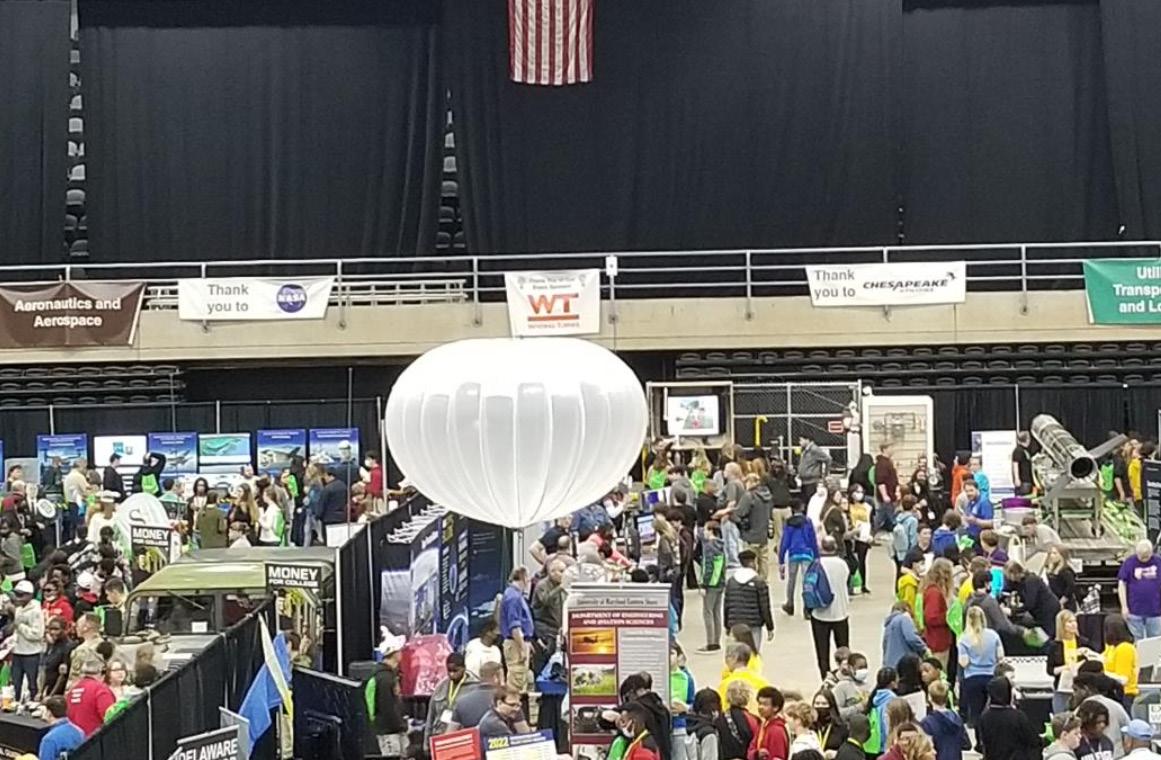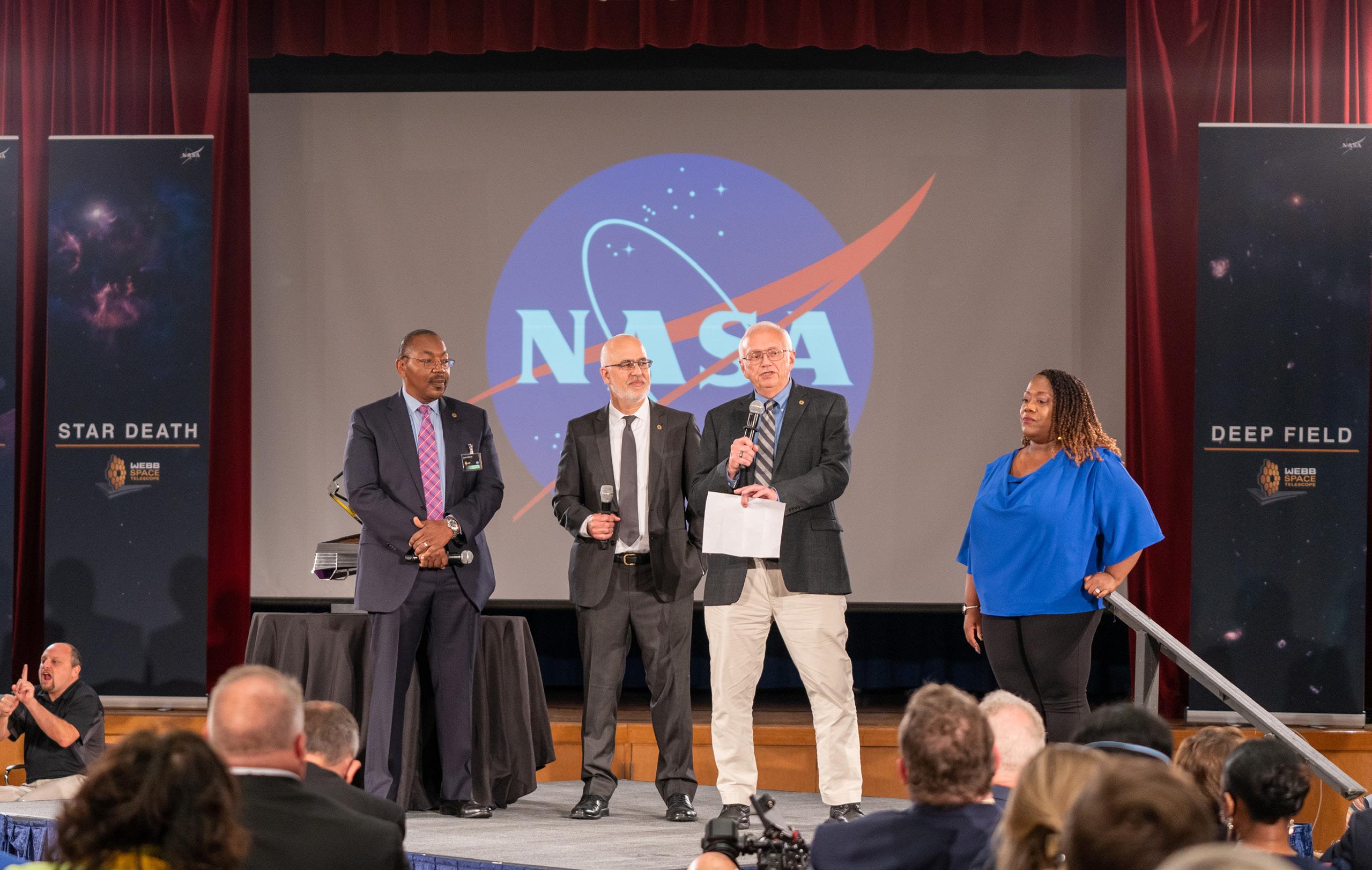2 minute read
WALLOPS FLIGHT FACILITY
WALLOPS
ADVANCING SUBORBITAL FLIGHT AND NEW LAUNCH RANGE TECHNOLOGY
Founded in 1943 as a naval air station and managed by NASA’s predecessor agency beginning in 1945, NASA’s Wallops Flight Facility provides agile, low-cost flight and launch range services to meet government and commercial sector needs for accessing flight regimes worldwide, from Earth’s surface to the Moon and beyond. Wallops’ flight assets ranging from research aircraft, unmanned aerial systems, and high-altitude balloons to suborbital and orbital rockets provide a full-range of capability, while operational launch range and airfield capabilities meet ongoing and emerging needs in the science, aerospace, defense, and commercial industries.
During the past year, Wallops helped oversee an International Space Station cargo resupply mission carrying more than 8,000 pounds of cargo and experiments to the orbiting outpost. Wallops also flew nearly 700 science and technology flight hours with its research aircraft, twice as many as the previous year. In addition, Wallops launched 19 sounding rockets and eight scientific balloon flights from the facility and other locations worldwide. Wallops is also managing a growing portfolio of small satellite missions with five projects underway totaling nearly $30 million. In addition to orbital and suborbital flight missions, Wallops led the development of the NASA Autonomous Flight Termination Unit (NAFTU).
Rocket Lab Neutron Rocket Production Facility
Rocket Lab, which is poised to launch its Electron rocket from Wallops in 2022 using the NAFTU software, announced Wallops as the home of its Neutron rocket production facility and launch pad. In April, officials broke ground on the Neutron Production Complex, which will include a rocket production, assembly, and integration facility just outside the NASA gate to Wallops Island. A dedicated launch pad will be located on the south end of the island.
“NASA’s only owned and operated launch range at Wallops Flight Facility supports small- and medium-class orbital rocket launches, which are key contributors to a growing space economy,” said Wallops Director David Pierce. “The high-tech jobs created by this move are vital for the Wallops region, and I’m excited we’re bringing more of the agency’s expertise to Rocket Lab, Virginia Space, and all our partners on the Eastern Shore.”
Rocket Lab has targeted the first Neutron medium class orbital rocket launch for no earlier than 2024.
Launches From Australia
NASA’s Wallops-based Sounding Rocket Program launched three missions from Equatorial Launch Australia’s Arnhem Space Center in Australia’s Northern Territory, conducting astrophysics studies that can only be done from the Southern Hemisphere.
“In addition to furthering our science goals, this science campaign builds on recent collaborative efforts with Australian organizations, including the Artemis Accords, NASA’s Climate Absolute Radiance and Refractivity Observatory Pathfinder mission, and the development of a lunar rover that could launch as early as 2026,” said Thomas Zurbuchen, NASA associate administrator for the Science Mission Directorate.
These were the first sounding rockets to launch from a commercial launch facility outside of the United States. In addition, they were the first NASA rocket launches from Australia since 1995, when launches were conducted from the Royal Australian Air Force Woomera Range Complex.














